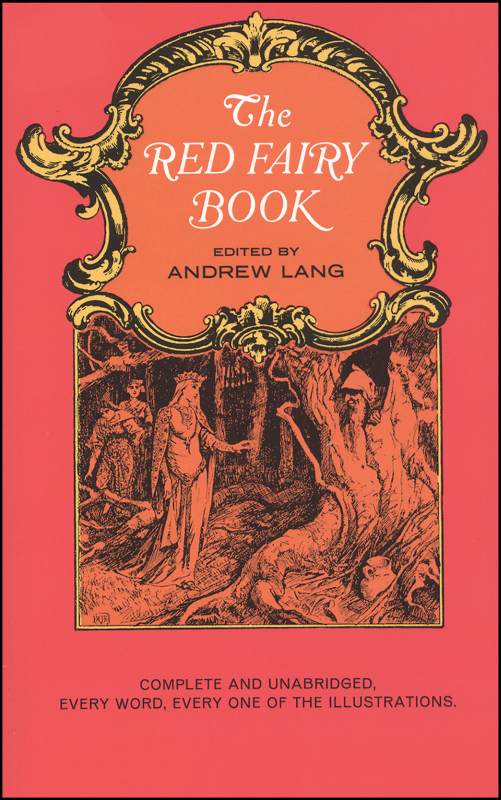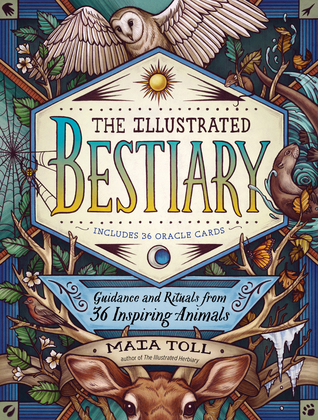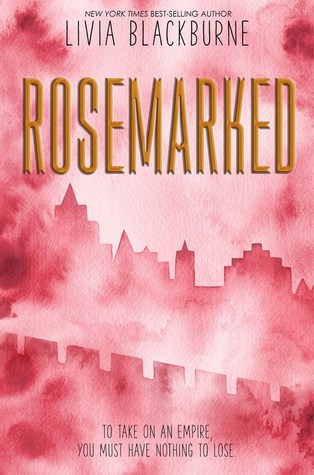[button color=”black” size=”big” link=”http://affiliates.abebooks.com/c/99844/77798/2029?u=http%3A%2F%2Fwww.abebooks.com%2Fservlet%2FSearchResults%3Fisbn%3D9780812522785″ target=”blank” ]Purchase here[/button]
The second Jungle Book carries on in the same vein as the first, with a mixture of songs and stories that are mostly concerned with Mowgli, the jungle boy raised by wolves and loved by a bear, a panther, and a python. For the most part these stories carry Mowgli’s story further toward manhood, and the end of his adventures in the forests of India. There is the story of How Fear Came, though, which takes place before the slaying of Shere Khan in the first book. These stories vary in tone from a kind of animal fable (similar to the story of Cain and Abel) to the down-to-earth seriousness of a battle with wild dogs and the stirrings of nature as a boy grows into a man.
There are also several stand-alone stories, including an account of a westernized Hindu politician who turns his back on all that he has accomplished, takes up a beggar’s bowl, and becomes a wandering holy man–a theme Kipling returned to in his colorful novel of espionage, culture, and coming-of-age, Kim. And another favorite is the story of the Eskimo boy Kotuko, who saves his village from starvation.
Kipling’s admiration for people with a rooted culture, a hardy character, and a simple lifestyle is evident in these stories, as well as his love for the natural world especially of his native India. My edition of TJB2 includes a sort of apology from the editor, Jane Yolen, who seems to view Kipling’s brief lapses into British-Empire-era chauvinism as a sin that needs to be excused, though some of the things she took at face value, I thought Kipling said in an ironic way. Whatever your views may be on the political incorrectness of Victorian imperial policy, I don’t think you’ll have much to hold against Kipling, who (again) like his own Kim is a “friend of all the world.”



